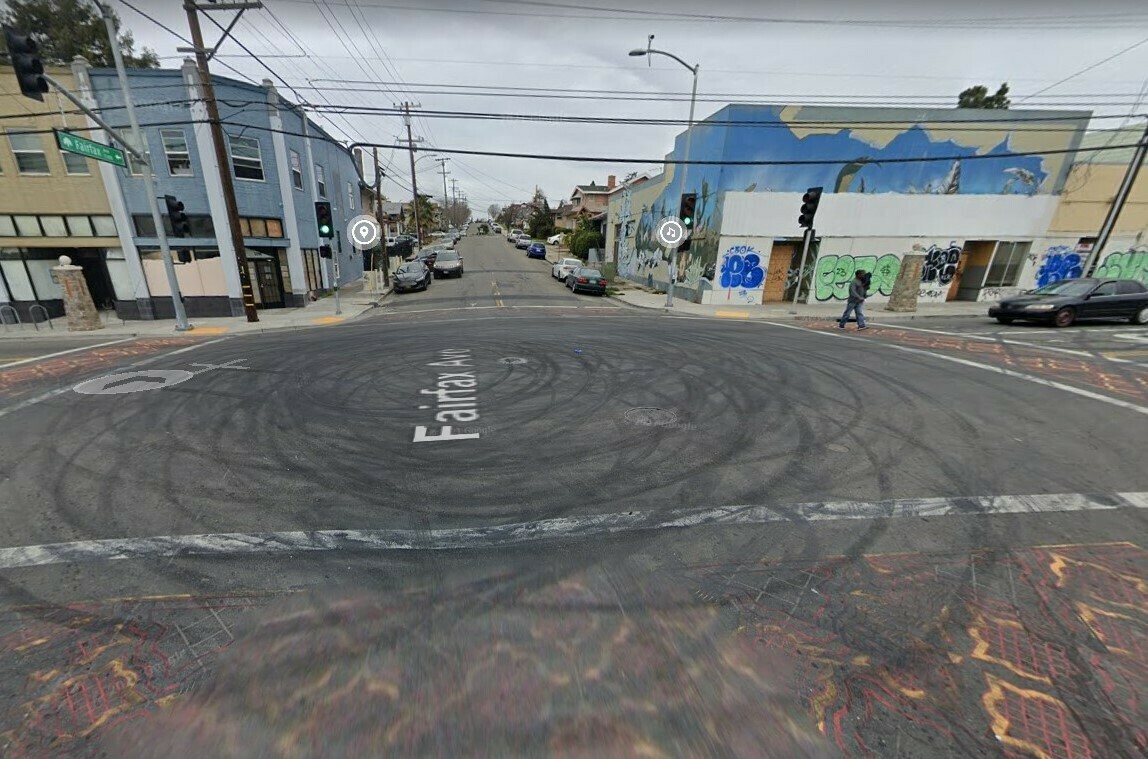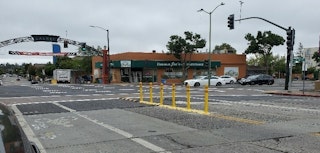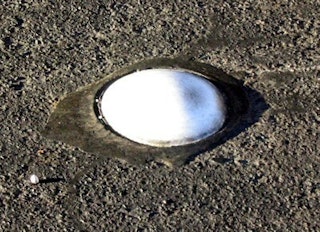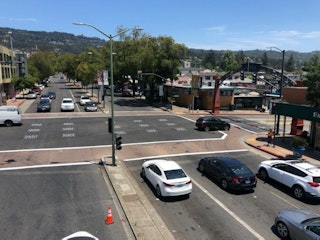Identifying future locations for engineering improvements to deter sideshows will continue to be informed by an assessment by OPD and OakDOT regarding whether the above improvements are effective at deterring sideshows at the pilot locations, and work to create a list of locations impacted by sideshows and dangerous driving behaviors as reported and responded to by OPD.
The sideshow prevention pilot’s ultimate objective is to eliminate sideshows at the pilot locations. As such, OakDOT is coordinating with OPD to assess whether large sideshows continue at the pilot locations and whether they relocate to other locations. Oakland is monitoring large sideshow activity based on OPD reports at locations where treatments have been installed. We are also monitoring maintenance needs of treatments, and getting qualitative feedback from stakeholders including Oakland’s Bicyclist and Pedestrian Advisory Commission.
The pilot is currently working to roll out five locations per “phase” and the duration of the program will depend largely on the effectiveness of the treatments and available resources. Oakland has set up a new category in the City’s 311 Call Center and website to specifically track public requests for sideshow prevention measures. City departments who receive requests directly from the public will now begin to enter or redirect these requests to 311. These requests will inform future location selection for the pilot, which will continue to be driven by OPD data on large sideshow locations.
City staff continue to communicate with other local jurisdictions about this topic to stay on top of emerging practices, as staff are not aware of any transportation agency having found an engineering cure-all solution—one that is cost-effective, replicable to keep up with spread and relocation, and not met with unintended consequences for cyclists, motorcyclists, and normal traffic movements.
The City is committed to contributing to the overall work to prevent sideshows in Oakland. From what we’ve seen in other jurisdictions, advanced enforcement tools and creative legislation lead the way with engineering complementing a multi-faceted approach. Engineering solutions need to be effective, cost-effective and replicable – and prioritized at most impacted locations and relative to other critical safety needs facing Oaklanders. At this time, engineering solutions attempt to balance preventing donuts and preserving functionality of our streets for all road users.
We will continue to update this webpage to share information with the public as this work progresses.





